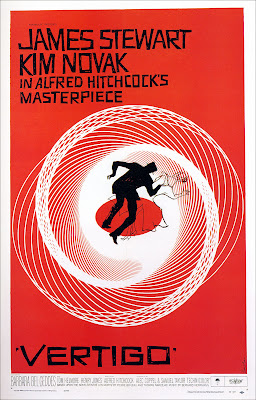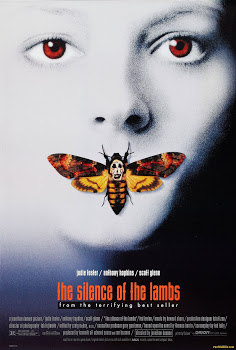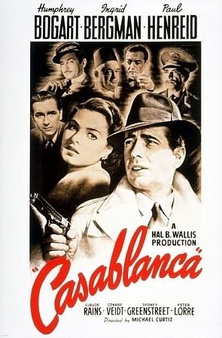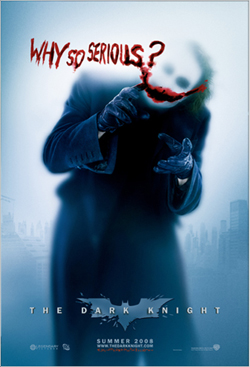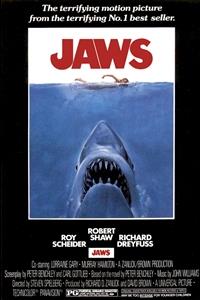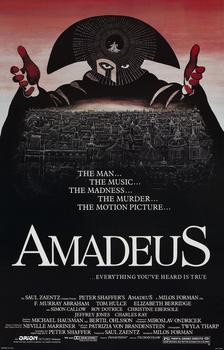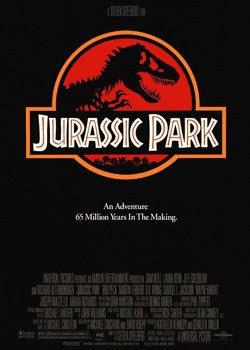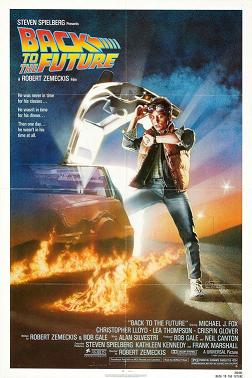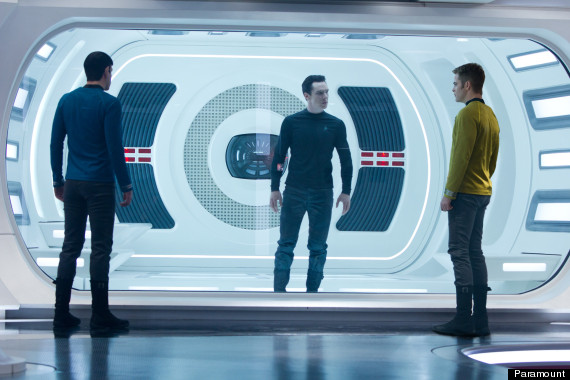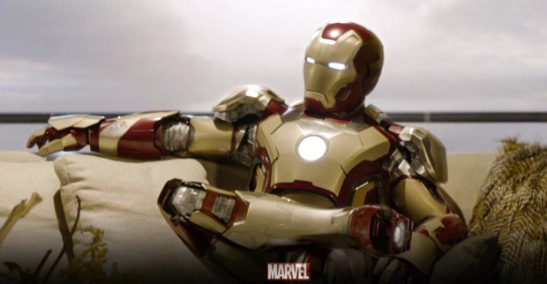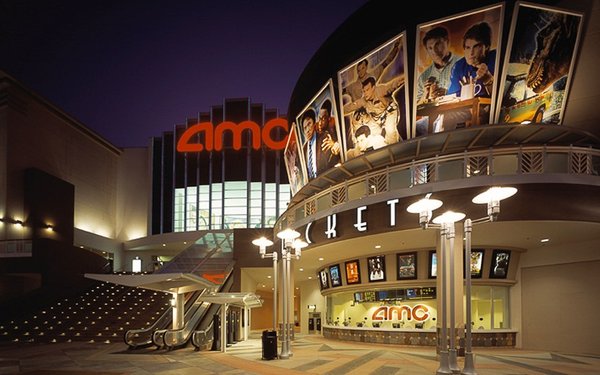Growing up through the 80’s and 90’s, it was clear that going to the movies and watching one on TV were very different experiences. But in the years since, technology has revolutionized the ways in which we experience a movie. Thanks to innovations like Movie on Demand and digital camera and projection, that line between the two experiences has been clearly redefined. Film companies can now premiere their projects on multiple platforms whereas years ago, you had to wait for sometimes even a year before you were able to buy a film on video after it left the theaters. The accessibility of the internet has influenced that shift more than anything; allowing people to see what they want, when they want, all through the process of video streaming. Like most new things, this shift in how we watch the movies has its pros and cons. For one thing, it gives exposure to movies and media that normally wouldn’t have been seen years ago, while at the same time, causing previous standards of the movie industry to become obsolete and forgotten. We live in an era where things are changing rapidly, and I wonder if these changes are just trends or are here to stay for good.
One thing that has changed movie watching dramatically is the actual digitizing of media for home viewing. Before, we had to to buy a tape or a disc to watch a film at home, but nowadays, many people are opting to just cut the middle man out and download a film off the internet. Places like iTunes allow for the purchasing of a digital version of a film the same day it’s released in stores, and sometimes even earlier on certain exclusives. It’s a good place to purchase a movie for those who don’t want to clutter their shelves with DVD boxes. This has also changed the rental business, with sites like Netflix and Hulu putting old juggernaut rental chains like Blockbuster out of business. That development right there spells out just how powerful this new trend has become.
But what’s interesting about this change is that the film industry has yet to figure it out. Accessing a movie through a digital copy or through a streaming service is difficult because there is no standardization. You have certain movies available on some formats and unavailable on others. It all depends on who has the contract with the retailer. At least in the years past, you had standardization with all movies released on the preferred format. Yes, VHS and Blu-ray had to gain dominance over BetaMax and HD DVD in order to become the standard, but once they did, selections in a video store became only a matter of which title the person wanted. Nowadays, a person who wants the digital copy of a film has to download multiple media players onto their computer or mobile devices just so that they can watch the movies that they want. And all of these media providers are competitive enough to survive in this market, so any standardization will not be happening soon. Perhaps its a good thing for there to be competitiveness in the market of media sharing, as it leads to more innovations, but it has the consequence of making the market difficult to navigate.
One of the things that I do find to be a troubling change is the loss of a movie being an actual physical thing. It may be strange to think of a movie as an object, but I consider myself a collector as well as a fan of cinema, and when I like a movie, I want to include it in my collection. I have been collecting movies since childhood, and that has included VHS tapes, DVD’s and now Blu-rays. I am the kind of person that has multiple copies of a single film in different formats and my library is bound to continue growing for a long time to come. To me, its just a nice feeling to be able to look at a film sitting on my shelf and see it as a part of a physical history of cinema. This is why I haven’t digitized my film collection. I am far more likely to buy a disc of a film rather than download one, mainly because I still prefer holding a movie in my hand, even though the idea of having everything stored on a computer is one that I do understand. For many, a digital copy is a preferred method for people who have been wanting it for a long time and in many ways it’s the faster and easier mode of distribution.
This trend has definitely changed distribution in Hollywood in a good way. Some movies in the past have struggled to get appropriate distribution, whether they lacked the funding or they were just too risky a project for the studios to make a fuss about in the first place. In some cases, movies would become hits long after their run in theaters, once they were seen on cable or home video; cult classics like Office Space (1999) or Clerks (1994). Now, it is possible for a film to bypass the pressure of a theatrical exhibition and be seen almost immediately on whichever format a person chooses. This is especially true with documentaries, which can be seen on anything from movie screens to YouTube, and not lose any of their impact. Director Kevin Smith saw the potential in this multi-platform model of release, and decided to self-distribute his most recent film Red State (2011) outside the Hollywood system. The results were mixed on the success of the release, but Kevin Smith did make waves due to the attempt, and it has made multi-platform distribution just as viable a trend as anything else we’ve seen in the past few years.
Another surprising thing that technology has done to the film industry is to change the way films are both made and processed nowadays. Digital photography has advanced so much, that it’s oftentimes hard to tell if a movie is shot digitally or not. Digital projection has certainly taken over cinemas completely, as it’s now hard to find a place that still runs film prints; another sad change, where a film stops existing as a physical thing. But digital projection has been around long enough to make audiences no longer see any real difference, unless they have a trained eye. The same goes for digital photography. Digital cameras are now able to shoot in such high resolutions that it actually exceeds the clarity of regular 35mm film. This has enabled some new advancements in the presentation of movies, like Digital 3D and 48 frames per second. While unique, these trends are sometimes just a gimmick, and are usually dependent on the quality of the film to work for an audience. But the trend has moved in favor of digital photography for a while now. Only a few filmmakers have stuck by traditional film, like Quentin Tarantino and Steven Spielberg, but for many filmmakers who have limited means and want to bypass the film processing phase, they are embracing the new technology with great enthusiasm.
This has also crossed over into television as well, which has made that line between cinema and home entertainment even more blurred. TV shows today are filmed mostly with digital cameras, and that has significantly changed what kinds of TV productions that are seen now. Shows like Game of Thrones and The Walking Dead are done with such complexity in their production, that they can be comparable to the quality of a theatrical film. This is thanks to digital camerawork that is able to replicate film clarity and allows for manipulation in post production, either through color grading and/or the additions of visual effects. Years ago, there was no mistaking the difference between what a film looked like and what a TV show looked like. They were completely distinctive forms of entertainment. Now the gap has tightened, and it’s probably what has drawn more people towards home viewing. Can you imagine what shows such as M.A.S.H and Happy Days would be like if they were made with today’s technology.
It’s an interesting tug-of-war that we are seeing today between film and television; one that has been brought about through digital innovations. While some things will never change, there are other trends that have clearly made things different than what we grew up with. I for one have my line with what I’m willing to embrace from these new trends, but I am pleased to see so many advancements made in the last few years. I certainly like the increased accessibility to films that I would normally have had trouble finding. Digital photography has also made television a whole lot better in recent years. But, I also miss the experience of working with actual film. My years as a projectionist gained me a strong appreciation for the look and feel of a film print, but it’s sad to see it become an obsolete tool in film presentation today. Also, while digital presentation and video streaming are convenient and innovative, the movie itself is what will make or break the investment in the end.
Ultimately, there’s nothing that beats a good time at a movie theater with an auditorium full of people. Home entertainment may be at a high standard now, and techniques like 3D and high frame rate may be eye-catching, but it ultimately comes down to the human factor. I enjoy watching a movie, no matter what technology is behind it, as long as it remains entertaining. And that’s an experience that will always be timeless, even if the ticket prices are getting painfully and astronomically higher.

